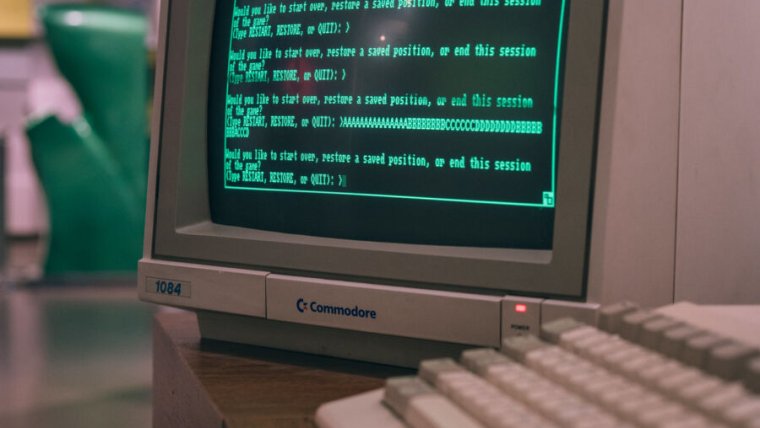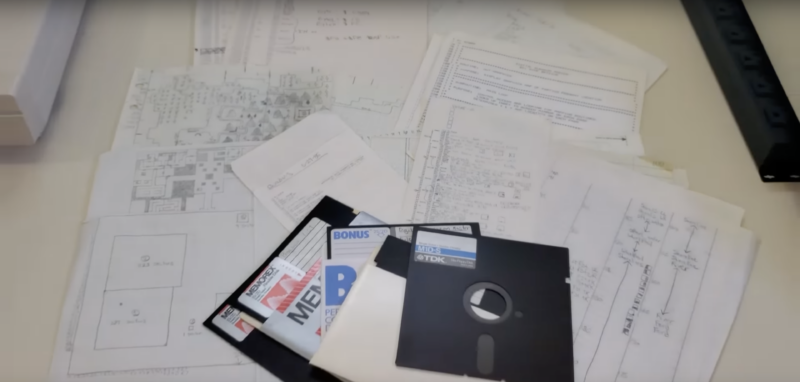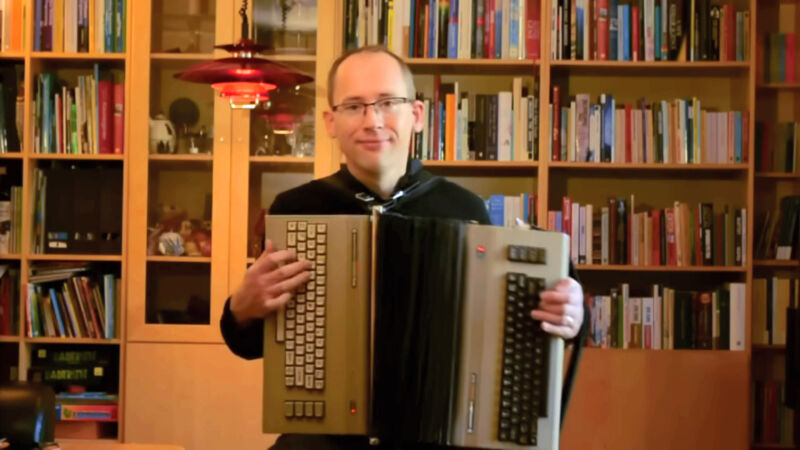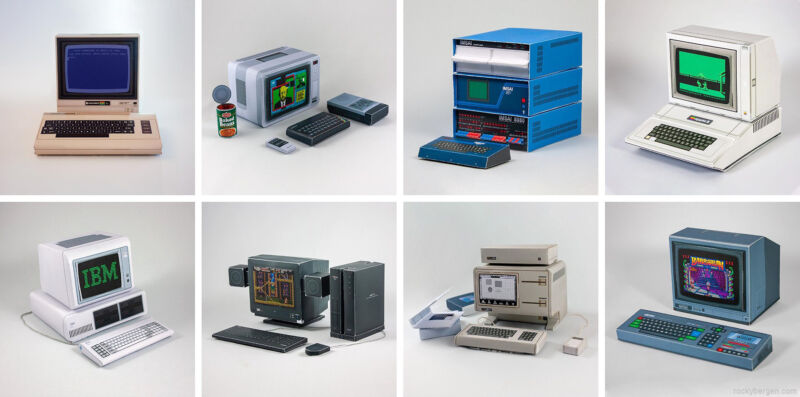-
 chevron_right
chevron_right
8BitDo’s $100 wireless mechanical keyboard is a tribute to Commodore 64
news.movim.eu / ArsTechnica · Friday, 29 March - 17:58
-
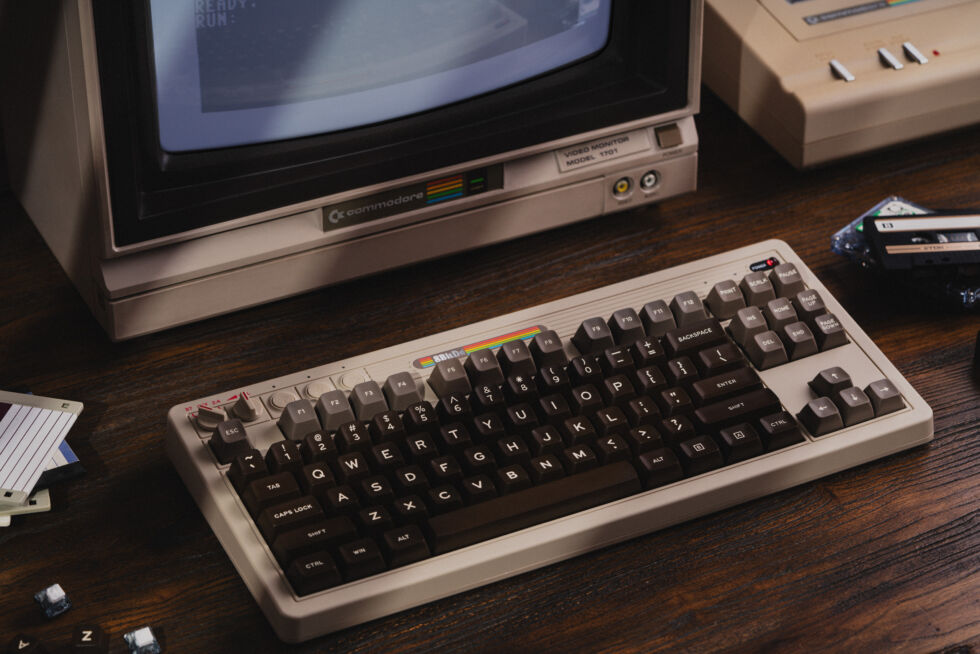
Fits in nicely with old cassettes and floppy disks. [credit: 8BitDo ]
The Commodore 64 introduced a generation of future computer geeks to personal computing. The 8-bit system first launched in 1982 and was discontinued in 1994. During that time, it made its mark as one of the first and most influential personal computers, and many still remember the computer fondly .
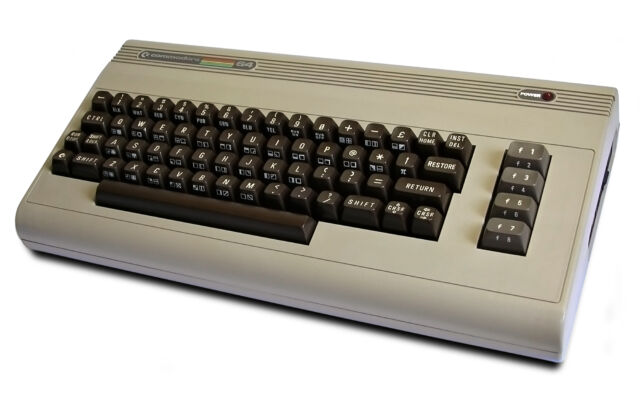
A Commodore 64. (credit: Bill Bertram/Wikimedia Commons )
Gaming peripherals maker 8BitDo wants to bring that nostalgia to people's fingertips and this week announced the Retro Mechanical Keyboard - C64 Edition . 8BitDo is careful not to use the name "Commodore" outright. But with marketing images featuring retro Commodore gear in the background, press materials saying that the keyboard was "inspired by the classics," and certain design cues, the keyboard is clearly a tribute to the '80s keyboard-computer.
8BitDo starts with the sort of beige that you only see on new peripherals these days if the gadgets are trying to appear old. A rainbow stripe runs horizontally and north of the function row, like on Commodore's computer. There's a power button with a bulb popping out of the keyboard case ready to illuminate when it receives the signal.

